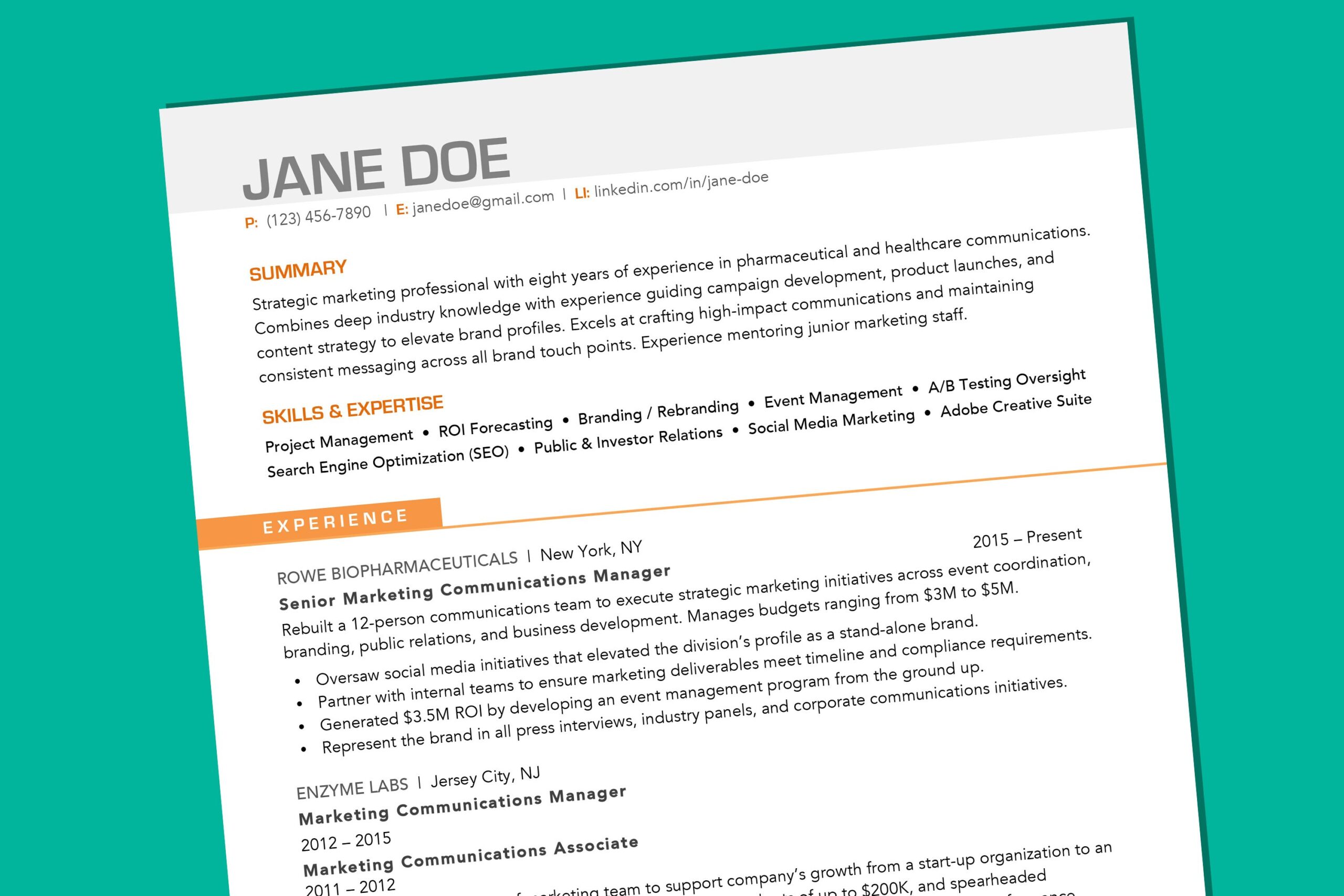IT is a rapidly growing sector that is expanding its scope of work with an increasing demand for skilled talent in the industry. It makes us have a vision that in the next few years, the IT industry is going to dominate with the best lot of experts. We have great news for anyone wanting to enter the IT and cybersecurity fields that there is a legitimate need to learn new skills and enter the IT industry to have better earning. You need to identify whether a job in this sector will ultimately fulfil your goals or not. So, here we have 7 steps to landing your first IT job that will guide you for each phase at the best. Check out the details!
1. Visualize yourself at work
The first thing you need to do is how much ready you are for the job that will be making you have a new routine. Just jot down the pros and cons so that you can have a clear view of what do you actually want. It will also help you in finding the right job from the defined criteria that you have decided for yourself. As you know that IT and Cybersecurity are very broad fields. So, you could be a Cybersecurity Engineer inspecting and configuring network firewalls, only to find out another professional with the same title is reverse engineering source code. The most important thing is knowing your interest in the IT field. You can discuss and explore to draw any conclusion. Never fantasize any job, however, believing in your skills can make you have the best out of any opportunity of your interest.
2. Backup Plans – Most Important in 7 Steps to Landing Your First IT Job!
While stepping into any new job, you must keep in mind to have a backup plan. This is because, if you end up not liking your new job, you can return to your previous job. Well… that’s really not an easy deal. So, to make it possible, you can have some time on a free trial to check if the new job is going to treat you well in all aspects or not.
3. Search for jobs but don’t apply yet!
To search for a job of your kind of work, keep exploring through different job portals online. Start your search with the words relevant to your field and you will have a long list of opportunities. Mind that not all of these jobs would be suitable for you. So, first, narrow down the list and mark those which you think are best to consider for your interest. Then, see the pros and cons as per the job description. This will help you decide a better future for yourself.
4. Compare what you have now to what you need
Now, compare the opportunity with your present job and analyze how the new job is likely to bring a positive change in your personal and professional life. Match the skill set and see what more you will be able to learn and practice in comparison to your present job. After browsing through a handful of listings in the areas you can comfortably envision yourself working in, you will now be able to decide something better for yourself. If you want to be a Network Security Engineer and the job listings in this area specify a certain certification as an absolute requirement, then that is what you need to work towards.
5. Minimize the skills gap
Job descriptions tell us that whether the skill set the company is demanding is the one we are already practising or we still need to learn more. Well… we cannot deny the fact that the process of learning never ends at any stage. There is always room for doing something more and better. So, if you notice that the required skill set is not a part of your practice and portfolio, just work on learning it at the earliest. It will not only help you explore a new side of your field but also can increase the chances of getting a better job. If a job requires the knowledge of Python language, hands-on experience is easy to pick up, thanks to YouTube, Udacity, Udemy and other MOOC platforms. You can also go with self-teaching via online tutorials.
6. Craft a Well-formulated Resume
When you get done with everything at your end while working on applying for a new job, its time for you to craft a well-formulated resume. Be thorough demonstrating your previous work experience in the sector along with any applicable certifications earned. Don’t forget to mention the initiatives you have taken to meet the skills gap.
7. Review Job Listings and Apply!
Once again you need to go through the job listings so that you know well which one of these opportunities is of your kind of work. Now, apply for all the relevant jobs. Moreover, if you can do, write a cover letter giving a brief of your experience in the field. This will help them know you better and promotes a good impression as well.
These 7 steps to landing your first IT job can make the process clear and easy for you. Moreover, following these steps can increase your chances to be selected for an opportunity.












